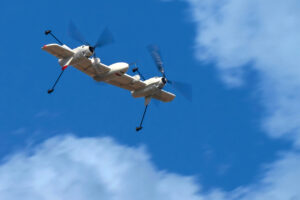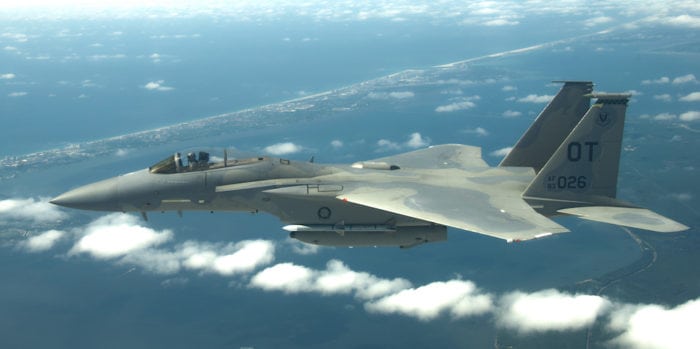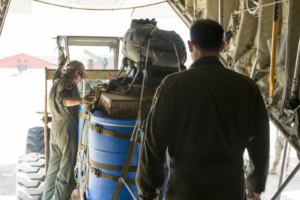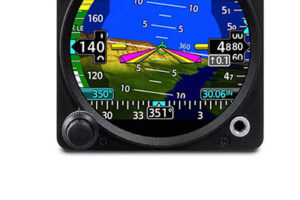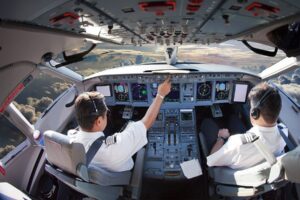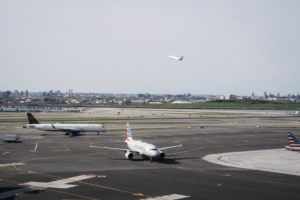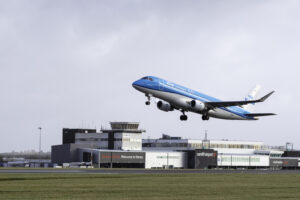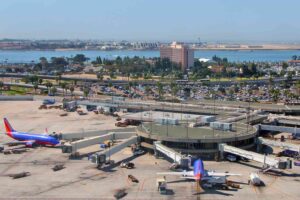ATM Modernization, Commercial, Embedded Avionics
4 Updates on Improving Global Flight Tracking
By Woodrow Bellamy III | September 23, 2015
Send Feedback
[Avionics Today 09-23-2015] The International Civil Aviation Organization (ICAO) is currently in the process of finalizing the concept of operations for the Global Aeronautical Distress and Safety System (GADSS), an initiative first proposed during the 2014 Multidisciplinary Meeting on Global Flight Tracking (MMGFT). Earlier this month, ICAO published its Normal Aircraft Tracking Implementation Initiative (NATII) report, regarding the structure of GADSS and the performance-based 15-minute aircraft tracking standard first discussed during the February 2015 High Level Safety Conference (HLSC).
As the United Nations agency continues to finalize the GADSS concept of operations, here are four updates regarding what regulators, Air Navigation Service Providers (ANSPs), and industry stakeholders are doing to improve aircraft tracking.
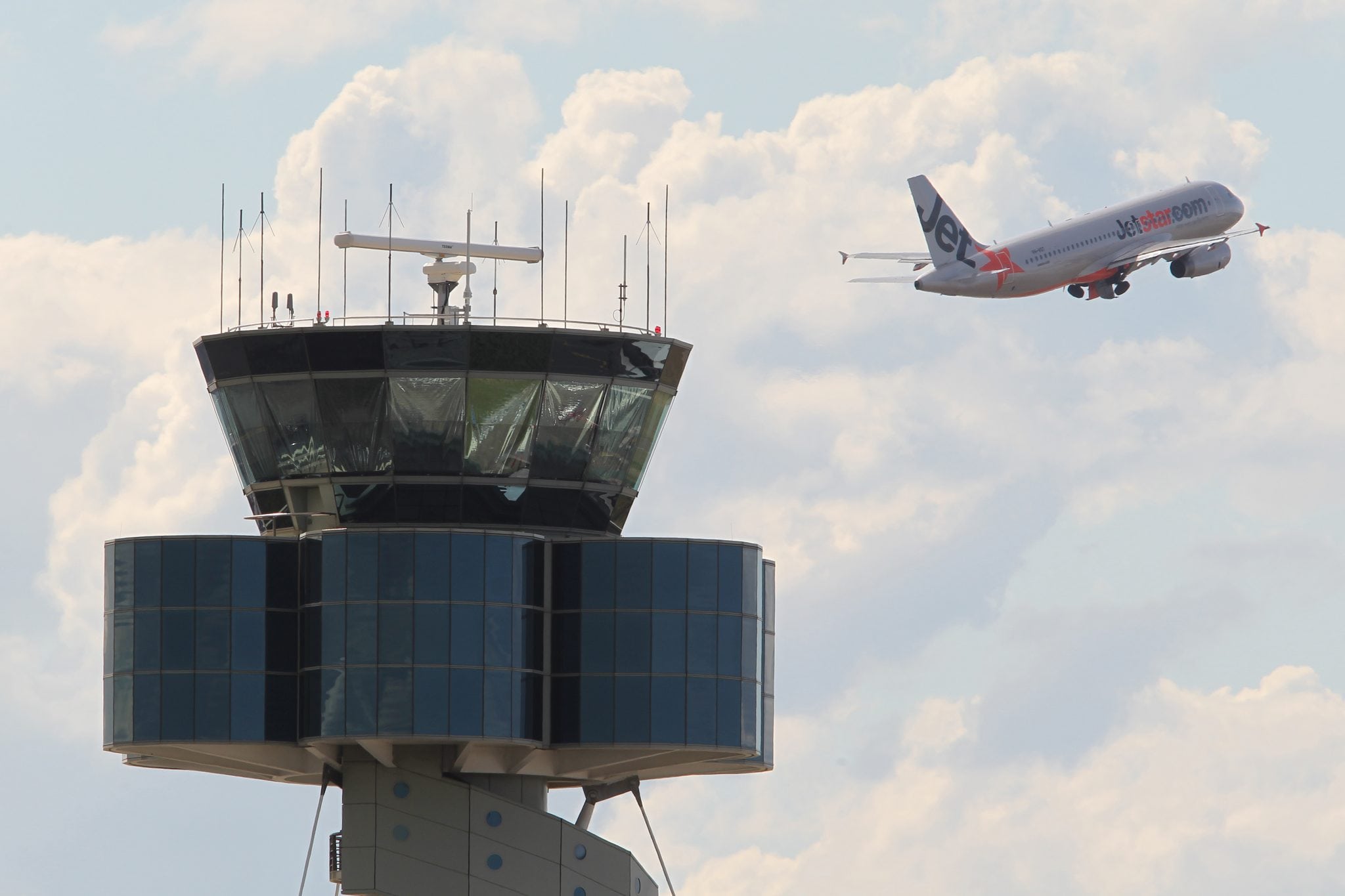
Airservices control tower at Sydney Airport. Photo: Copyright Airservices Australia 2014.
NATII Report Recommends 2018 Applicability
During the HLSC in February, government and industry aviation experts endorsed and encouraged the implementation of the GADSS concept of operations, including normal aircraft tracking every 15 minutes and distress tracking every minute. A presentation made by the ICAO Secretariat at the conference indicated a possible adoption of the new flight tracking standard in November 2015, followed by industry application the next year, in November 2016. ICAO Council President Olumuyiwa Benard Aliu sees the standard as providing a foundation for the future implementation of the more comprehensive GADSS.
However, the NATII report published this month has recommended extending the applicability period to 2018, as the group has identified some factors require further evaluation prior to adopting a well-defined industry standard. Primarily, the NATII reporting group determined that mandating airlines to maintain position reporting every 15 minutes could cause large-scale disruptions at times when the tracking technology fails or becomes unavailable.
Additionally, one of the scenarios the NATII group evaluated identified challenges associated with making High Frequency (HF) voice position reports in addition to the 15-minute data link reports to the operator, also in 15-minute intervals.
“HF communications require fine tuning of the correct frequency prior to establishing contact. This takes time and, on occasion, it was determined would impede reporting at regular intervals,” the report states. “Additionally, manual reporting (i.e. VHF voice, HF voice, manual [Aircraft Communications and Reporting System] ACARS) introduced a level of uncertainty regarding the accuracy of the reports. In other words, the manual report could indicate that the aircraft was in one location when it actually was in a different place.”
Based on these and other significant challenges identified during NATII meetings at the Qantas Crisis Management Center in Sydney, Australia in June and the Montreal Communications and Aircraft Tracking Service Providers’ workshop in May, the report recommends extending the proposed applicability date to 2018.
“Most significantly, the NATII identified scenarios where the prescriptive nature of the proposed [Standards and Recommended Practices] SARPs imposed an unrealistic operational burden across industry stakeholders. The proposed SARPs have the potential to result in a number of unintended consequences to operations, especially when elements required for normal aircraft tracking become unavailable,” the report states.
The newly proposed timeline would allow time for more clarity to be provided on the requirements, additional provisions to be developed, and for operators to establish implementation plans.
Capacity Constraints Are a Non-Issue
Satellite and communication service providers have indicated that the overall network capacity needed to facilitate continuous 15-minute flight tracking is not likely to be a limiting factor, according to the NATII report. However, the report does note that some service providers expressed a need to plan for the potential increased network traffic.
November 2016, the originally proposed applicability date, did not seem to be an obstacle for service providers putting additional capacity in place if required either.
“For systems using existing equipment on the aircraft, there was concern that these may not be able to prioritize the position reporting function over less essential functions. The NATII noted that this requires further research,” the report states.
ADS-C Meets ICAO Tracking Guidance
ICAO’s Global Operational Data Link Document (GOLD) defines Automatic Dependent Surveillance-Contract (ADS-C) as a surveillance technique that uses onboard aircraft systems to automatically provide position, altitude, speed, intent and meteorological data sent in a report to an Air Traffic Service Unit (ATSU) or Airline Operational Center (AOC) ground system for surveillance and route conformance monitoring. Both ADS-C and Future Air Navigation Systems (FANS-1/A) have been used to track aircraft operating in oceanic areas for more than 20 years.
Between January and June this year, U.K.-based satellite service provider Inmarsat and Airservices Australia performed the first two phases of a three phase evaluation to assess a reduction in ADS-C satellite position report intervals to 15 minutes or less. The evaluation used Qantas and Virgin Australia wide-body aircraft operating in the Brisbane, Honiara, and Nauru Flight Information Regions (FIRs). The evaluation is ongoing and has now entered the third phase, expanded to all ADS-C equipped aircraft operating in the Melbourne, Brisbane, Honiara and Nauru FIRs.
A performance report on the first two phases of the evaluation, now featured on ICAO’s new global aircraft tracking website, found that increasing ADS-C reporting to 14 minute intervals allowed airlines to comply with ICAO’s proposed flight tracking recommendations for 91.9 percent of passenger hours flying oceanic routes to and from Australia with “little increase in data communication costs.”
“This report confirms that ADS-C could be used to comply with the 15 minute normal GFT requirement for suitably equipped aircraft. Based on the results, Airservices Australia has adopted the 14-minute reporting requirement as part of its standard operating procedure,” the Inmarsat-Airservices Australia report states.
EU is Close to Adopting a Flight Tracking Mandate
The European Parliament is currently considering new measures to mandate flight tracking for aircraft operating within European airspace. In July, European Union (EU) member states approved a draft-implementing act that would establish new forward-fit flight tracking requirements on new production aircraft flying in European airspace. Existing aircraft would not be required to be retrofitted with technology to meet the new requirements.
Parliament has until Oct. 27, to determine the legality of the new measures. The EU has indicated that the European Aviation Safety Agency (EASA) will prepare the technical details at a later date, and that the mandate would become effective in 2018.



